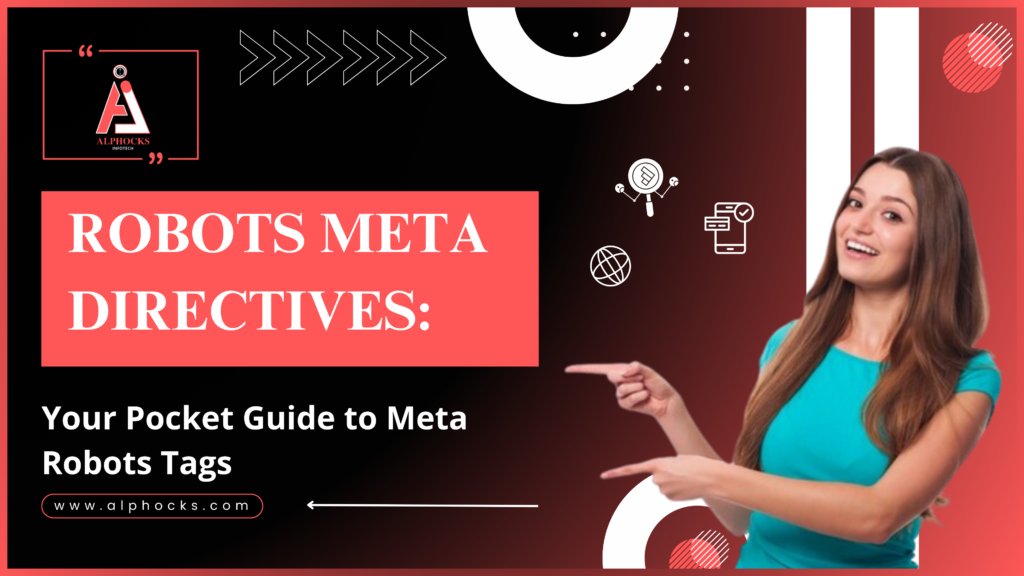In the vast landscape of the internet, filled with millions of websites, if you want Google to pay attention to your website and crawl and index your site smoothly, it is very important to utilize robots’ meta directives. However, if you are not acquainted with the robots meta tag, you might not be sure how to begin.
What are Meta Robots Tags?
Meta robots tags are small sections of HTML code that are inserted into the head part of a webpage. They give guidance to search engine crawlers on indexing the page and deciding whether to follow the links on it. These guidelines aid webmasters in controlling their site’s SEO and making sure only the intended content is included in the index.
Importance of Meta Robots Tags
Meta robots tags are essential for SEO because they have a significant impact on search engine optimization by:
- Controlling Indexing: Webmasters can indicate which pages search engines should index.
- Managing Link Following: They decide if search engines should track the links on the webpage.
- Crawl Efficiency: By guiding crawlers, they help in efficiently using crawl budget, focusing on important pages.
Common Meta Robots Directives
There are several common meta robots directives, each serving a specific purpose:
- Index
The index directive tells search engines to index the page, meaning it should be included in search engine results. If you want your page to be found on search engines, you should use this directive.
- Noindex
The noindex directive instructs search engines not to index the page. Use this for pages that you don’t want to appear in search results, such as thank-you pages, login pages, or other non-public content.

- Follow
The follow directive tells search engines to follow the links on the page. This helps distribute link equity (SEO value) from your page to other pages linked from it.
- Nofollow
The nofollow directive instructs search engines not to follow any links on the page. This can be useful if you have links to untrusted sources or want to avoid passing link equity.
- Index, Follow
Combining index and follow means that the page should be indexed and search engines should follow the links on it. This is the default behavior if no meta robots tag is present.
- Noindex, Nofollow
Combining noindex and nofollow instructs search engines not to index the page and not to follow any links on it. This is useful for pages you want to keep entirely out of search results.
- Noarchive
The noarchive directive instructs search engines to not save a cached version of the page. This can come in handy for content that is updated often or includes confidential information.
- Nosnippet
The nosnippet directive prevents search engines from showing a snippet of the page’s content in search results. This can help protect your content from being displayed directly in search results.
- Noodp
The noodp directive tells search engines not to use the Open Directory Project (DMOZ) description for the page in search results. This is useful if you prefer the page’s meta description to be shown instead.
- Notranslate
The notranslate directive stops search engines from providing a translation of the page. This could be beneficial if your content is specific to a particular language and you prefer not to use automated translations.
How to Implement Meta Robots Tags
Implementing meta robots tags is straightforward. This is the way you can do it;
- Access Your HTML Code: Open the HTML file of the page where you want to add the meta robots tag.
- Add the Meta Robots Tag: Insert the appropriate meta robots tag within the <head> section of the HTML file.
- Save and Upload: Save your changes and upload the HTML file to your web server.
Meta robots tags offer a strong level of control by allowing you to dictate how search engines engage with your site. By effectively utilizing these tags, you can enhance your website’s SEO, avoid duplicate content problems, and control the presentation of your content in search results. Consistently check your meta robots tags and strategically utilize them for optimal search engine ranking performance.



